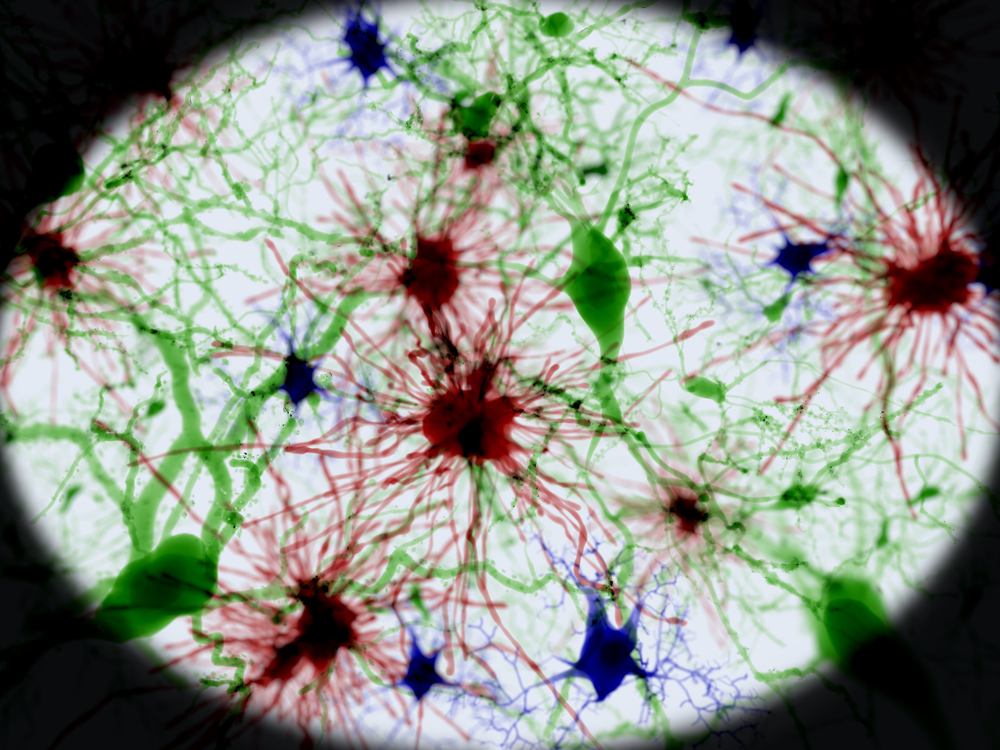Animal Model May Help to Determine if Specific Brain Cells Contribute to Huntington’s

Scientists have developed a laboratory tool that allows them to follow the activity of astrocytes — important brain cells that may contribute to the pathology of several diseases, including Huntington’s disease (HD). The development might help scientists better understand how the cells work and establish new therapies for a number of neurological disorders.
The work was reported in the study “New Transgenic Mouse Lines For Selectively Targeting Astrocytes And Studying Calcium Signals In Astrocyte Processes In Situ And In Vivo.” It was published in the journal Neuron.
Astrocytes are brain cells that are usually known for their protective role toward neurons in various pathological conditions, such as stroke and spinal cord injury. However, under certain circumstances the cells can contribute to neurological diseases, such as HD, amyotrophic lateral sclerosis or ALS, and Alzheimer’s disease. The exact role of astrocytes in these diseases remains unknown.
“We’ll now be able to delete or mutate astrocyte genes that are suspected of contributing to diseases such as ALS to see whether they really do contribute,” Baljit Khakh, the study’s senior author, said in a news release. “That, in turn, could open up many new strategies for treating those diseases.”
Researchers have tried for years to breed mice that carry an artificial gene called Cre/ERT2 in order to manipulate astrocytes and understand how they work, but they could not prevent the gene from affecting other brain cells. Khakh’s research team engineered mice in which the Cre/ERT2 can be exclusively activated in astrocytes. They achieved this by inserting the artificial gene into another gene, called Aldh1l1, which is present only in astrocytes.
The Cre/ERT2 gene is typically activated by feeding mice tamoxifen, a drug that is used to treat breast cancer. But in the new mice model with the gene combination, tamoxifen only activates Cre/ERT2 when it is in astrocytes, so other brain cells are not affected.
Using these mice, researchers were able to study the activation of molecular pathways induced by calcium in astrocytes, as well as to identify which genes are activated in adult mouse astrocytes.
The results support the newly created model as a powerful tool to study the role and activity of astrocytes in the brain.
“The availability of these mice makes possible experiments that I think will keep researchers busy for many years to come,” Khakh said.






